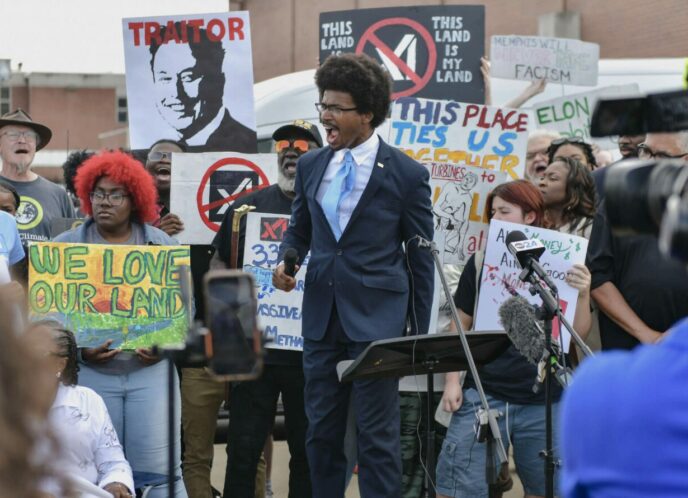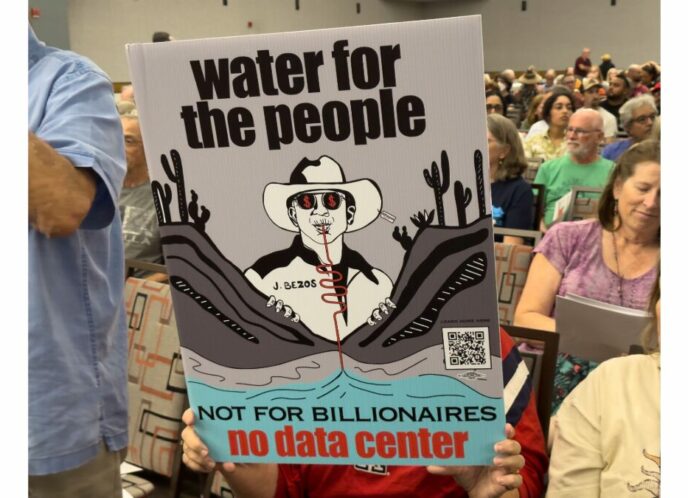On July 21st, CMJ and Consumers Union hosted a webinar on Universal Service Fund Reform. amalia deloney, Bob Williams and Joel Kelsey gave everyone a run down of the Universal Service Fund, broadband adoption and how it connects to other social justice issues. Learn more about the issue and see our recommendations below.
Connecting the Issues: USF Reform and Social Justice
Rural Access
While the national Broadband penetration rate is 63%, a 2009 study by the Pew Internet & American Life Project shows that less than half of rural residents have broadband in the home.
Issue
A change in the USF creates real concerns for Rural Telco’s about loss of money, we need to address waste and fraud and also strengthen the presence of rural Telco’s who are providing important jobs, modeling local ownership and strengthening economic development.
Recommendation
While expanding broadband access is an important goal, many rural residents still lack phone access. For example in Rural IL, between 5-13% of all residents lack phone service. We need to increase both phone access and BB adoption.
Tribal Issues
Only 67.9% of American Indian homes currently have telephone services compared to the national average rate of 98%. An anecdotal broadband penetration rate is estimated at 5% to 8% on Tribal lands nationwide.
Issues
- Concern that as USF reform takes place, Congress and the FCC might “cut the only wire” going into Indian Country.
- Simply eliminating current telephone universal service programs to provide funding for broadband could widen the communications gap for many Native American families.
Recommendation
Support our colleagues and allies National Congress of American Indians and Native Public Media as they call on the FCC to create an Enhanced Tribal Lands Broadband Program within the Universal Service Fund (USF) programs to meet telephone service needs on Tribal lands.
Urban Poverty
For states that rely solely on the federal Lifeline and Link-Up program eligibility criteria, subscribers must either have an income that is at or below 135% of the federal poverty guidelines or be a recipient of a public assistance program–yet nationally, only 1/3 of eligible participants are subscribed to Lifeline.
Issues
- Increases cost of landline service.
- Growing interest in mobile connectivity.
- Restrictive eligibility caps.
Recommendations
- Providing better adoption supports for mobile telephony, mobile broadband, and wireline broadband services would represent a crucial evolution in the Low-Income programs.
- Urge the Joint Board to recommend increasing eligibility from 135% of federal poverty to at least 200%.
- Homeless adults, shelter residents and those receiving federal need-based support should be auto-enrolled in program.
- Review of the one-per-household rule—which affects people living in co-housing, mobile home parks, shelters or multi-family dwellings.
Immigrant Access
Children in immigrant families now comprise 1 in 5 childrenin the United States—80% are US citizens,and 53% live in mixed-citizenship families. The poverty rate of children in immigrant families is 21% as opposed to 14% for children in native-born families.
Issues
- Food and housing insecurity are real issues for immigrant families. However due to the parents immigration status —many of these families are ineligible for Federal Aid, and thus Lifeline programs.
- Nearly half of children in immigrant families have family incomes below 200 percent of poverty.
- Latino immigrant poverty levels are nearly double other immigrant communities.
Recommendations
- Ensure the security and privacy of information for immigrant families who have a heightened fear of sharing information with the US Government due to increased immigration enforcement.
- Alternate subsidies and innovative solutions should be explored to support increased adoption and connectivity for mixed immigration-status families—particularly those with school age children.
Libraries, Education and Healthcare
One third of Americans access BB at public libraries.
Issue
Currently end-user products and services such as Internet content, Web site content maintenance fees, end-user personal computers, and end-user software are ineligible for E-rate—all of which ensure a more robust Internet experience for those who want to create content as much as consume it—thereby supporting the full and creative potential of the Internet
Recommendations
- Work with schools and a library to ensure their E-Rate connection benefits the entire community, i.e. after hours wireless and wireline access.
- In communities (particularly rural and tribal) where there may not be a library, explore possibly E- Rate subsidies to other community anchor institutions.



